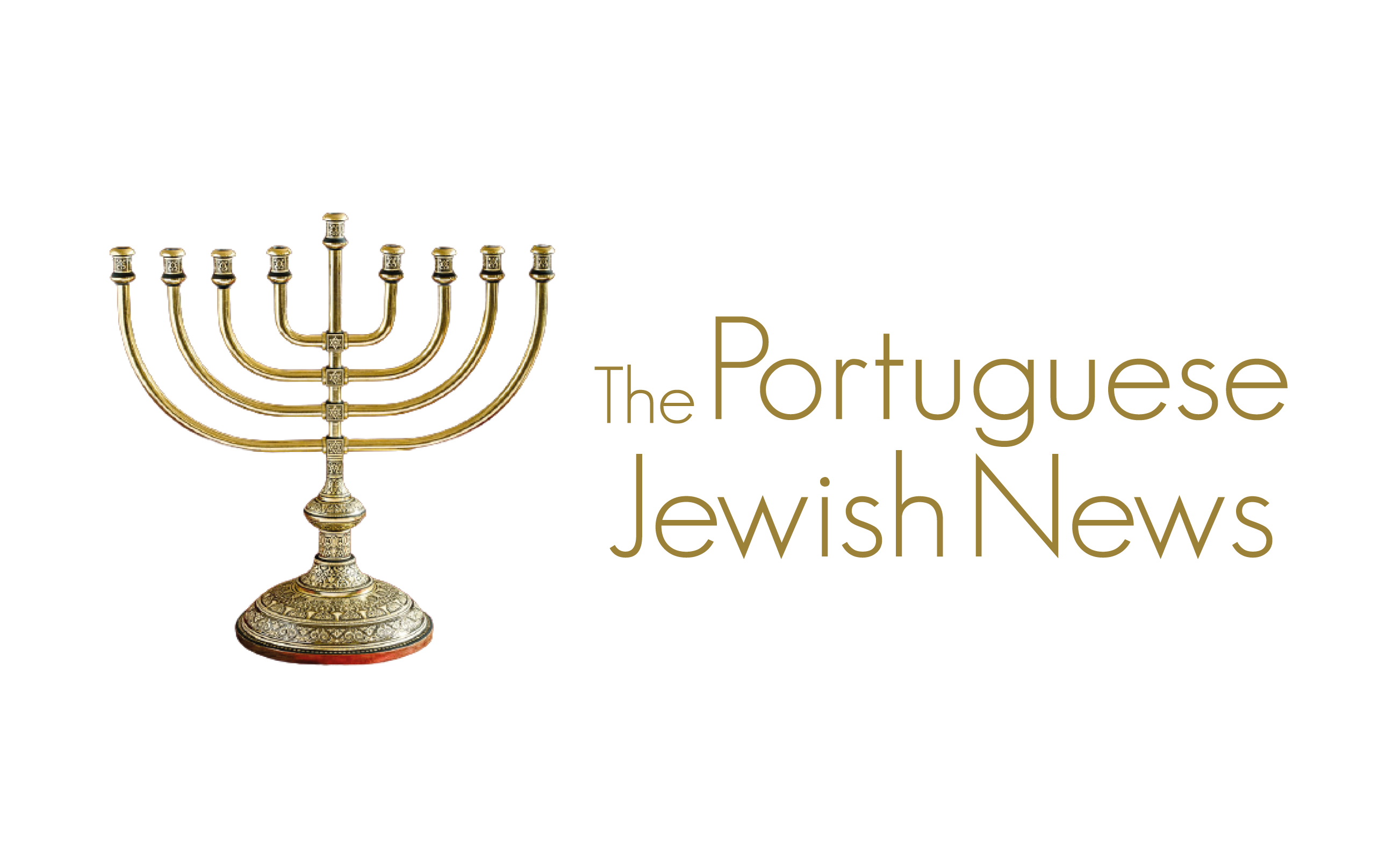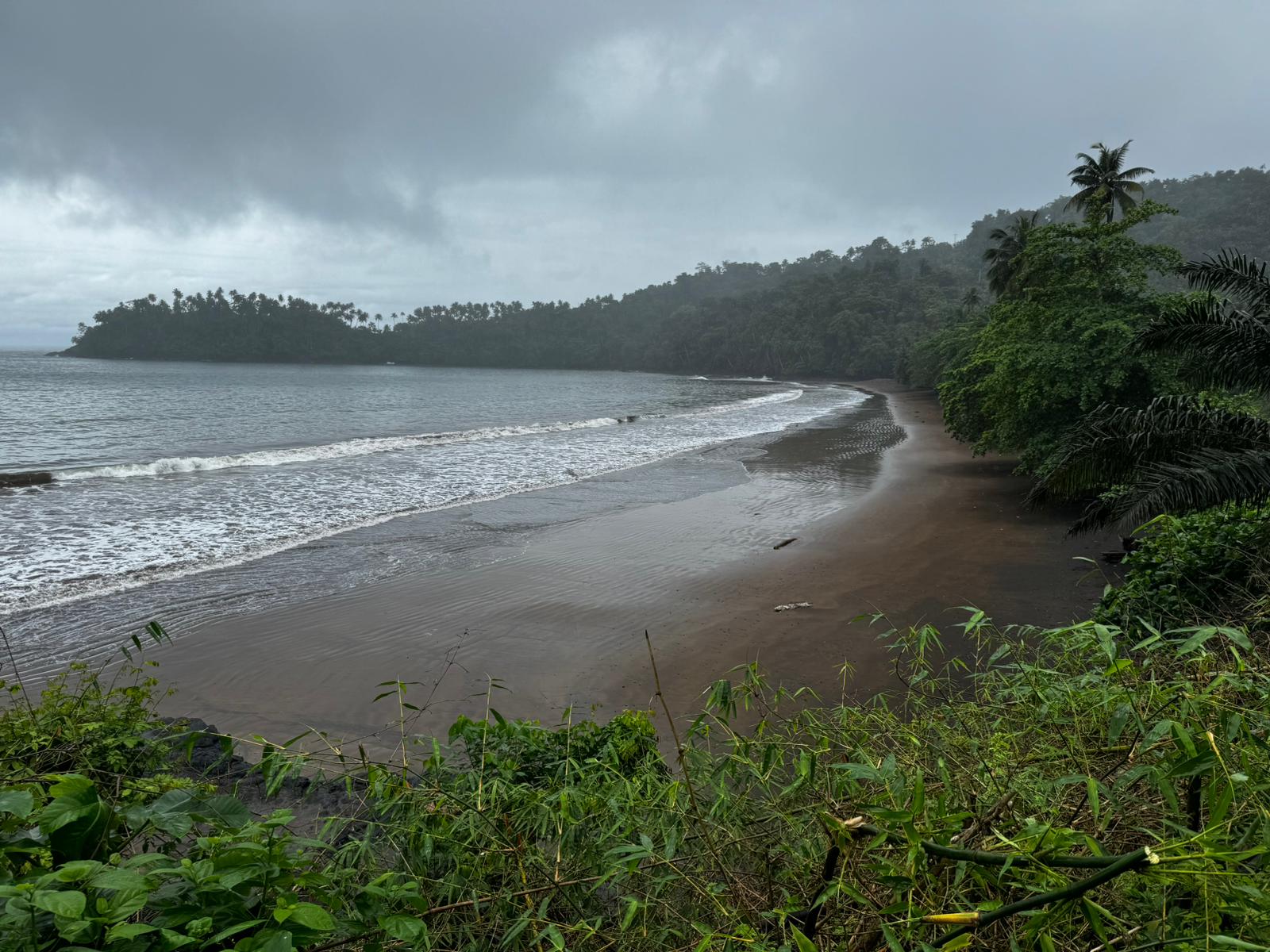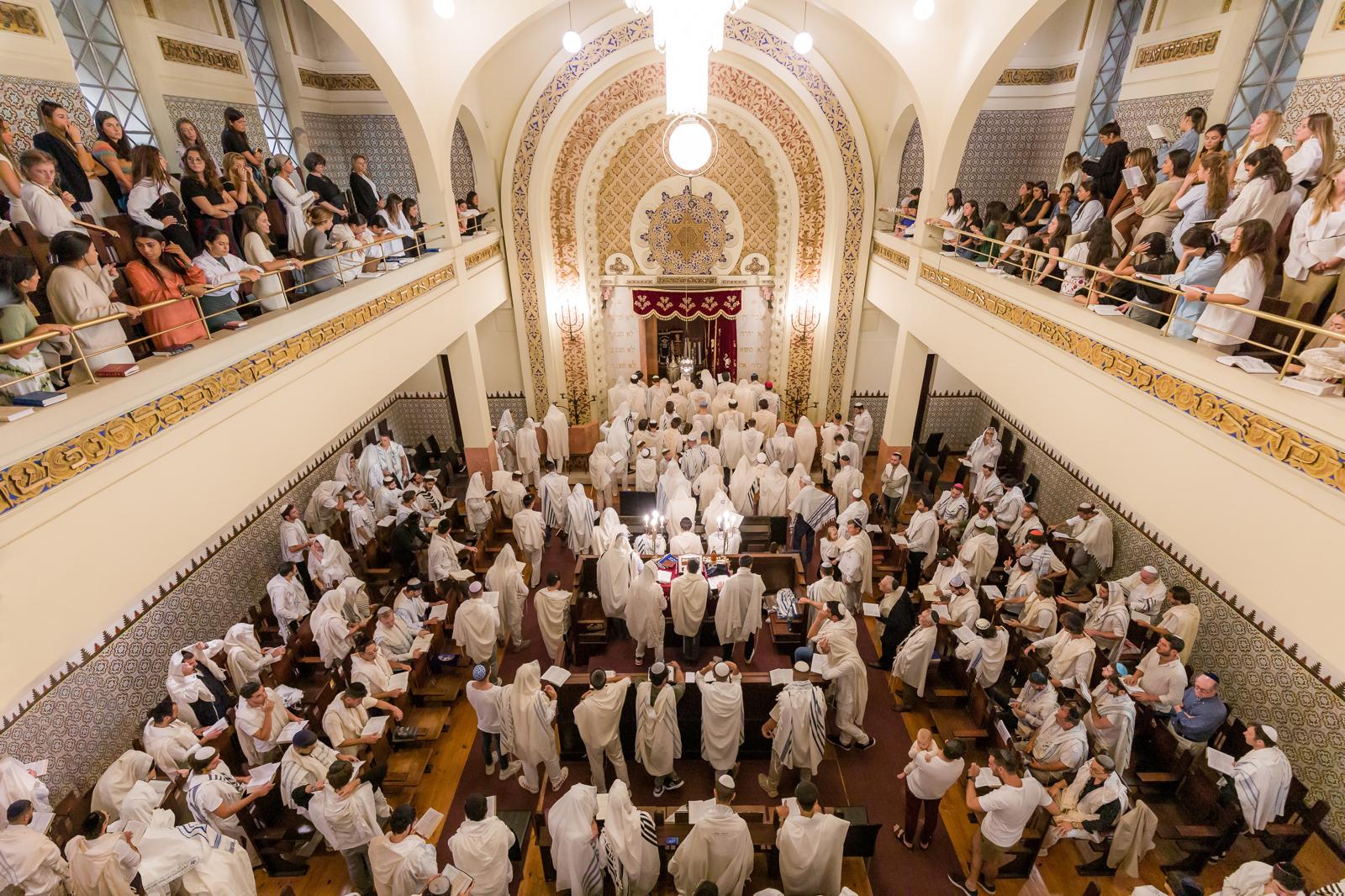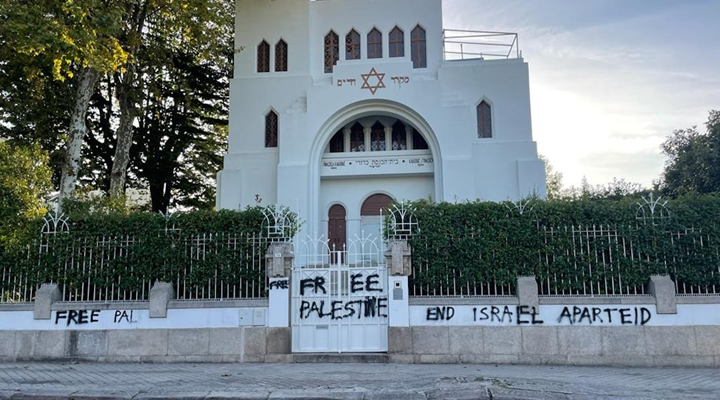“Designing the memory of the tragedies has always been the responsibility of Jewish leadership. Some generations have succeeded, some generations failed and these moments in history we don’t even collectively remember”, says Naama Klar, director of the Koret International School for Jewish Peoplehood at Tel Aviv’s ANU – Museum of the Jewish People.
Jewish history always repeats itself. What happened on Oct 7 had already occurred in Hebron, Odessa, Paris, Bernes, York, Seville, Lisbon, Alexandria, in all places, throughout history. "This is why we make a huge investment in promoting Jewish history in Portugal, in our museums, films, books, painting galleries and so on", states Gabriel Senderowicz, the presidente of the Oporto Jewish community.
The history of Jews in Portugal continues to be told by the Jewish Community of Oporto that is producing the film "The 2000 Exiled Jewish Children". The script had the technical support of the "Cátedra de Estudos Sefarditas Alberto Benveniste" at the University of Lisbon.
The events referred to in the film now announced occurred in 1493, when about 2000 Jewish children of Spanish origin up to the age of eight were torn from the arms of their parents, converted to Catholicism, and sent by boat to the island of São Tomé, 7500 km away. This was a penalty for the parents of these children. They had arrived in Portugal after the expulsion from Spain in 1492, and had been unable to satisfy the king's desire to make hospitality profitable. Anyone who did not pay the required tribute to the monarch or was in Portugal clandestinely, became the property of the Crown.
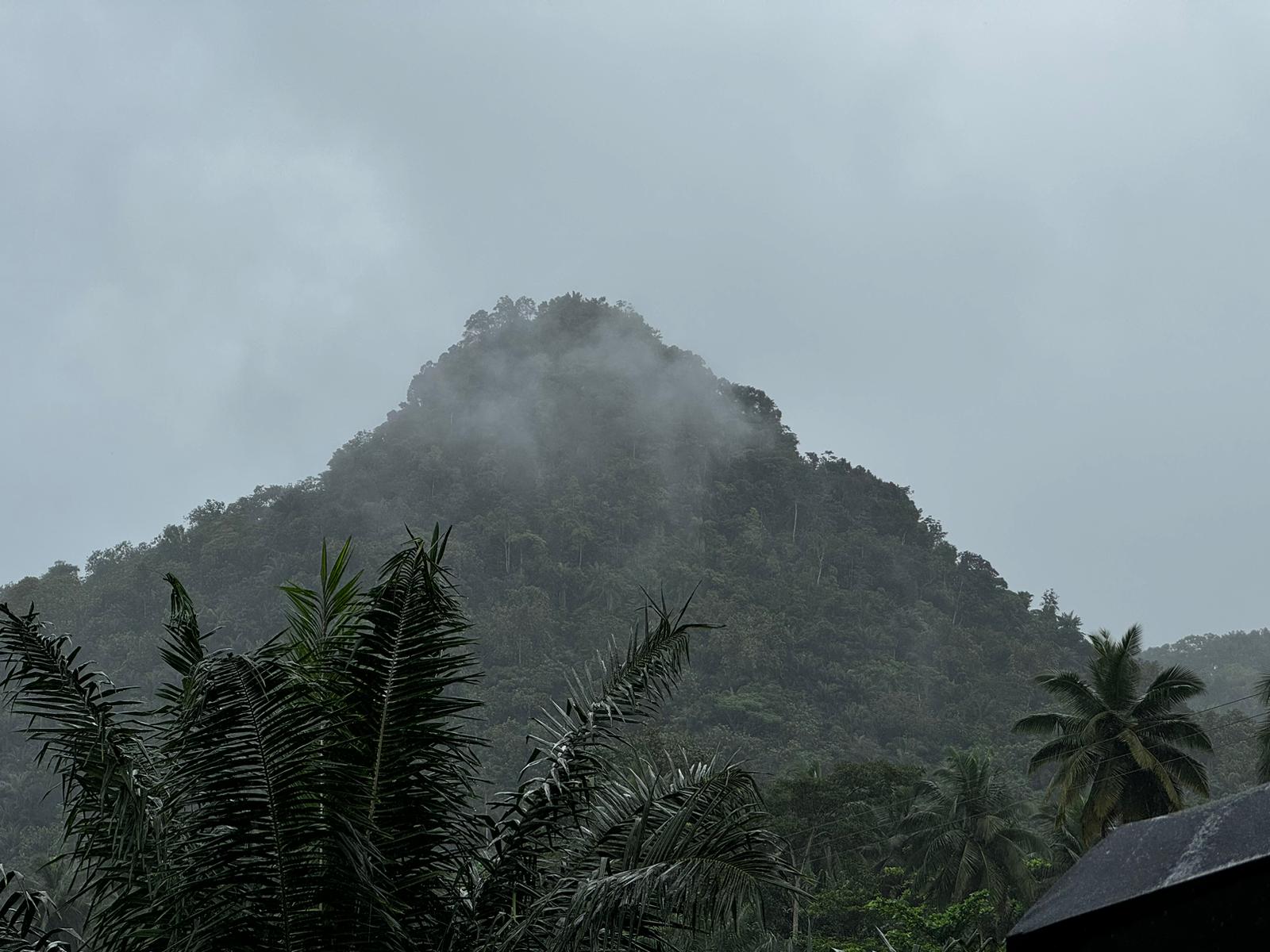
The island of São Tomé was a volcano with a massive shroud, enveloped in a dense fog that produced thunder and lightning. It was a place unfit for colonization, due to the poisonous vapors, unhealthiness, absence of civilization, intensity of the heat, high fevers, and danger from the animals that inhabited it. In the Jewish world it was called ‘I HaTaninim’, the "Island of Crocodiles", because it was said to be inhabited by huge crocodiles that swallowed people alive. The beauty of nature turned into a nightmare when those animals were looking for prey.
Dressed in coarse cloth, like slaves, the docile children embarked together with criminals who were given a chance of survival in São Tomé. This was a dangerous voyage, lasting more than a month, which had never been undertaken by experienced sailors from other nations. Most of the children, suffering nightmares and loneliness, succumbed during the long journey and their bodies were thrown into the sea. They suffered from strong swells, seasickness, scorching sun, freezing nights, sleeping in the open, physical punishment, lice, cockroaches, rats, poor diet, dehydration, disease, and dirt.

The children who survived the voyage were thrown into a human experiment. São Tomé, then an inhospitable place, was to be their grave. They would never go back to freedom or return to the arms of their grieving parents.
Miraculously, there were survivors among those unfortunate children. They survived the rigors of the journey and the dangers of their new home. They were fruitful, multiplied, and the island became rich in sugar, wines, meat and cheeses.
In the following centuries, São Tomé had a strong presence of Jewish businessmen in the inter-continental trade and plantation owners involved in the exportation of the sugar cane and the sugar industry to Brazil, a country where many of the descendants of those exiled Jewish children are supposed to have emigrated.
This new film by the Jewish community of Porto is dedicated to the Spanish Jewish community and the hostages held by the Hamas terrorists. The trailer will be presented in December 2024 and the film's world premiere is scheduled for April 2025.
